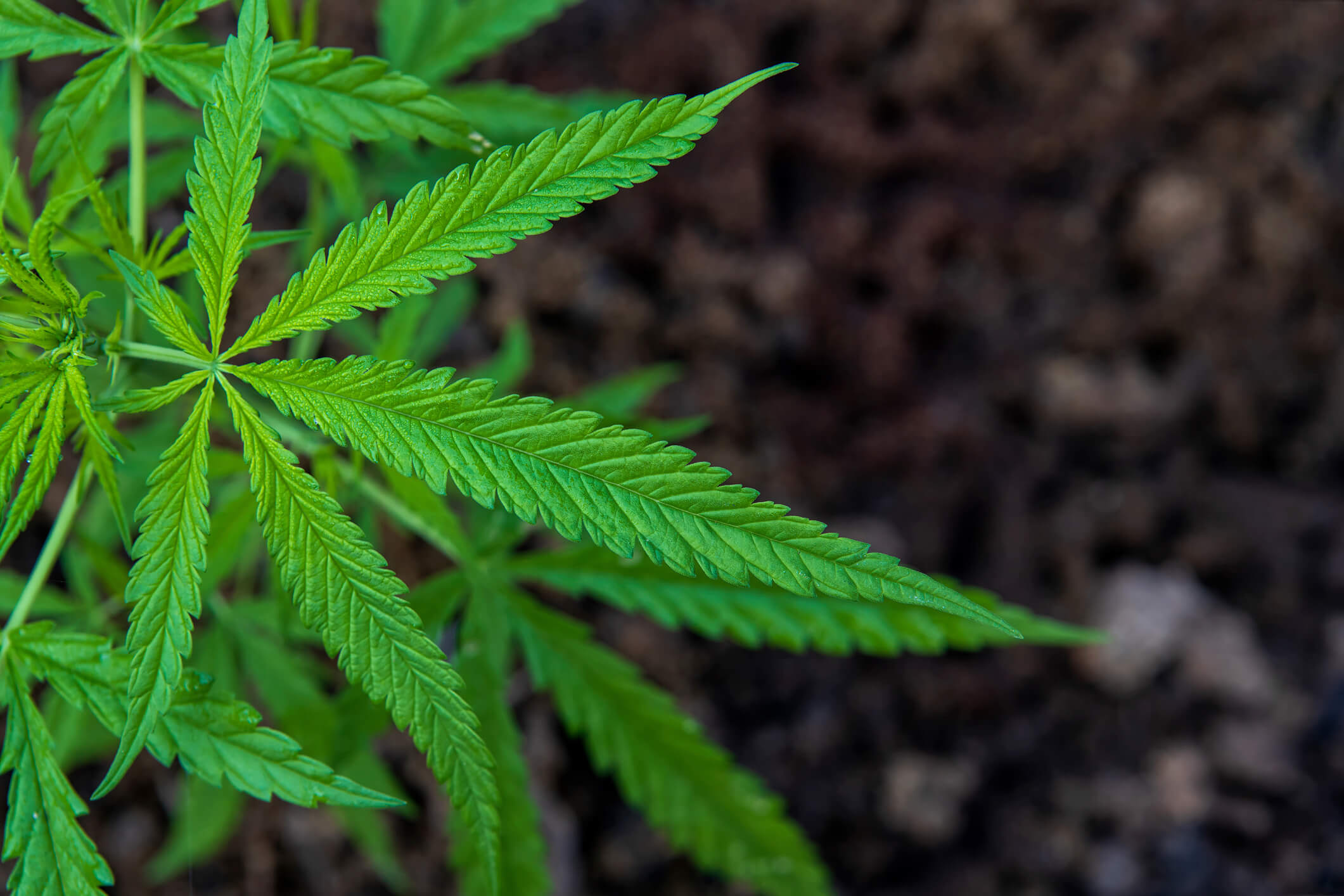Special Topics in Horticulture: Introduction to Cannabis Growing
Special Topics in Horticulture: Introduction to Cannabis Growing
Student Blog Post by Andrew Hogg and Brittany Lemieux
On June 14th 2021 our class had the pleasure of learning all about Cannabis: basics for the home grower, presented by instructor Jo Wyld. The lecture was very thorough and interesting, covering among other things, a brief history of the use of cannabis worldwide, including its origins in Northern India/Russia, and its spread worldwide through the spice trade and immigration routes. Since those beginnings, its modern history has been punctuated by politics and controversy, and luckily for the cannabis aficionados out there, it is now legal to grow at home. Since there were so many nuggets of knowledge in this talk, it would be difficult to summarize it all in only one post, so we are going to touch on what we found particularly interesting about growing cannabis: pruning and training. There are so many useful techniques on how to maximize the bounty of each plant, and if growing cannabis isn't your thing, it would be interesting to experiment with these techniques on other similarly trainable plants - maybe tomatoes?
Here are the basics:
When training, you are aiming for a good quality bud. Bigger the flower the better the quality bud. So we want big flowers, and lots of them!
Low stress training:
Cannabis plants naturally want to grow like a Christmas tree. If we let them grow naturally, we won't be able to get tons of nice big flowers. Low stress training is a great way to maximize yield and get lots of big flowers. This method is used by growers by gently bending the stems and tying/weighing them in place to change the shape of the plant. This is done to create multiple bud sites and leaders, which helps the plant use light more efficiently. More colas (central flower clusters) will be produced from having multiple sites improving the yield of the plant. Low stress training is used to grow marijuana plants into any size and shape. As cannabis plants generally always grow straight the idea is to pull the branches down and away from the middle of the plant, almost in a star shape look from the view from above. Plant ties, twisty ties, tomato cages, even fish weights can be used; use whatever works for you.
Tipping:
This is when you pinch off the terminal bud. It makes plants more bushy. Pro tip: leave a little bit of stem; you don't want a weak joint! Then hold down new branches to create new leaders.
Fimming:
This is advanced pinching. An incomplete pinch causes more than one branch sometimes. It is always worth a shot.
Super cropping:
This simulates being chomped on by an animal which sends enzymes to the lower part of the plant and slows down top growth making the bottom more bushy. Essentially, you find a softer stem, and crush it with your fingers and let it fall down (if it breaks off, tape it back on!) The crushed branch will recover but promote growth below. It creates a big knuckle at the crushed zone when it recovers; don't worry, this is normal.
You can use any of these techniques on the same plant, however all training should be done in the vegetative stage.
Hopefully these tips inspire you to grow some cannabis at home. To continue on your educational journey you should read this free resource, recommended by the instructor, to help get you on the right track: www.ilovegrowingmarijuana.com/grow-bible
Photo Credit: https://www.4grewallaw.com/blog/2020/september/cannabis-law-101-what-you-need-to-know-to-stay-l/



